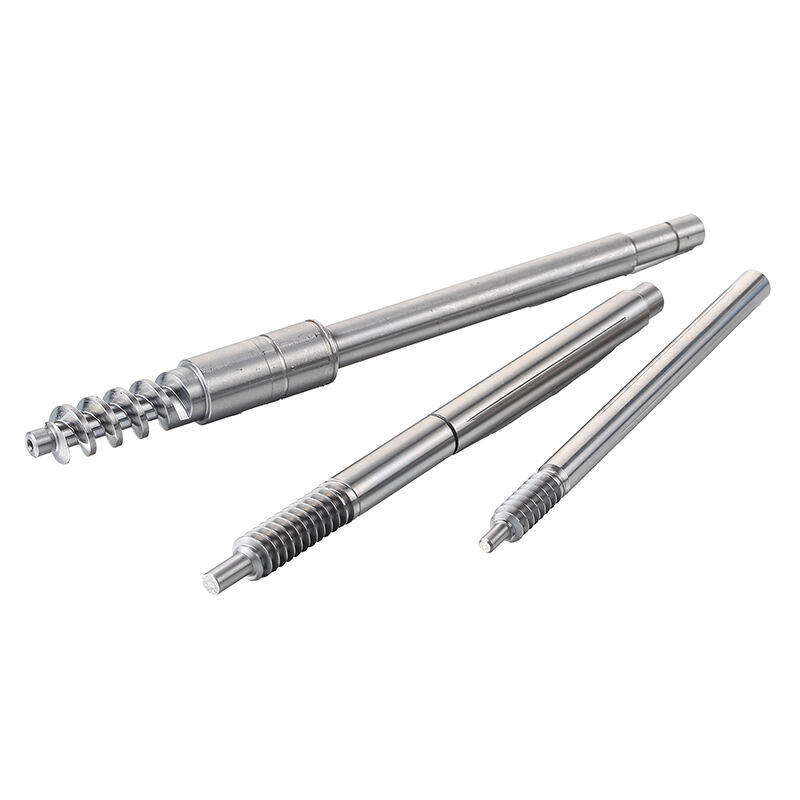motor output shaft
A motor output shaft is a crucial mechanical component that transfers rotational power from an electric motor to various driven equipment. This essential element serves as the primary connection point between the motor's internal rotating assembly and external mechanical systems. Designed with precision engineering, the output shaft features specific dimensional tolerances, material composition, and surface treatments to ensure optimal performance and longevity. The shaft typically incorporates various design elements such as keyways, splines, or threaded sections to facilitate secure coupling with driven components. In industrial applications, motor output shafts are manufactured from high-strength materials like alloy steel or stainless steel to withstand substantial torque loads and harsh operating conditions. The shaft's design must account for factors including torsional stress, bending moments, and fatigue resistance. Modern motor output shafts often feature enhanced surface treatments and coatings to improve wear resistance and corrosion protection. These shafts are integral to power transmission systems in various industries, including manufacturing, automotive, aerospace, and heavy machinery. The proper selection and maintenance of motor output shafts are critical for ensuring reliable operation and preventing mechanical failures in drive systems.


